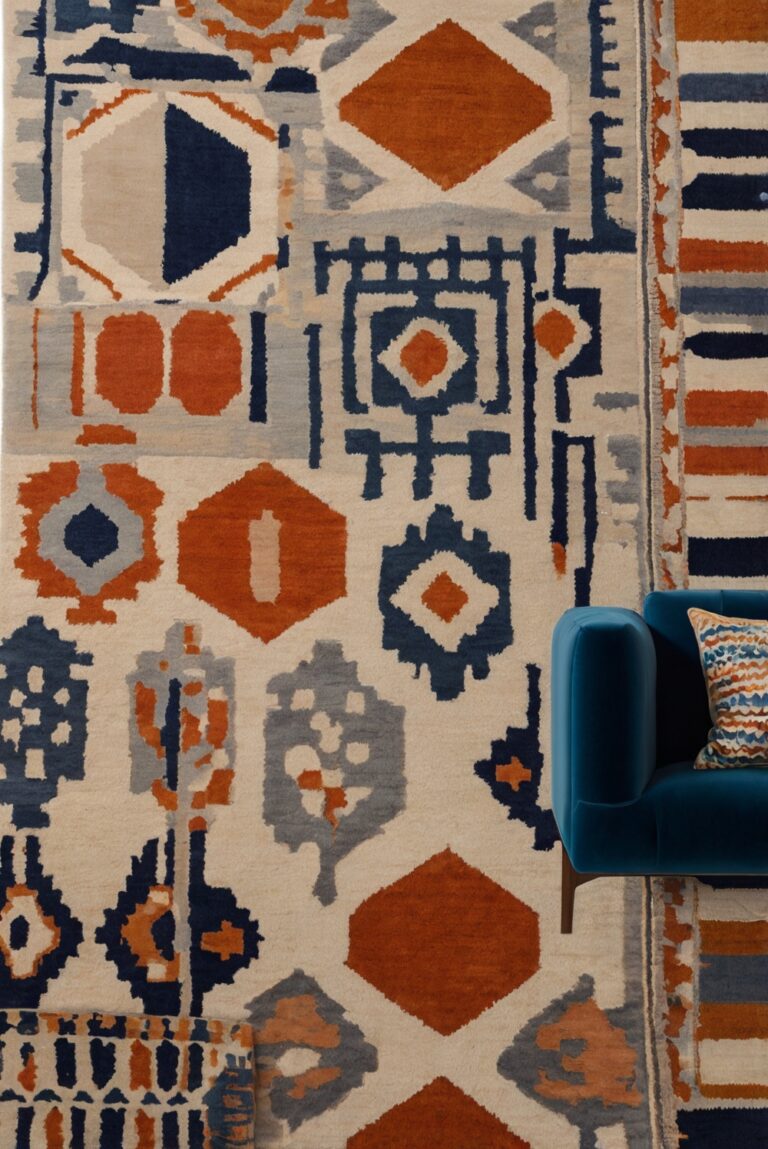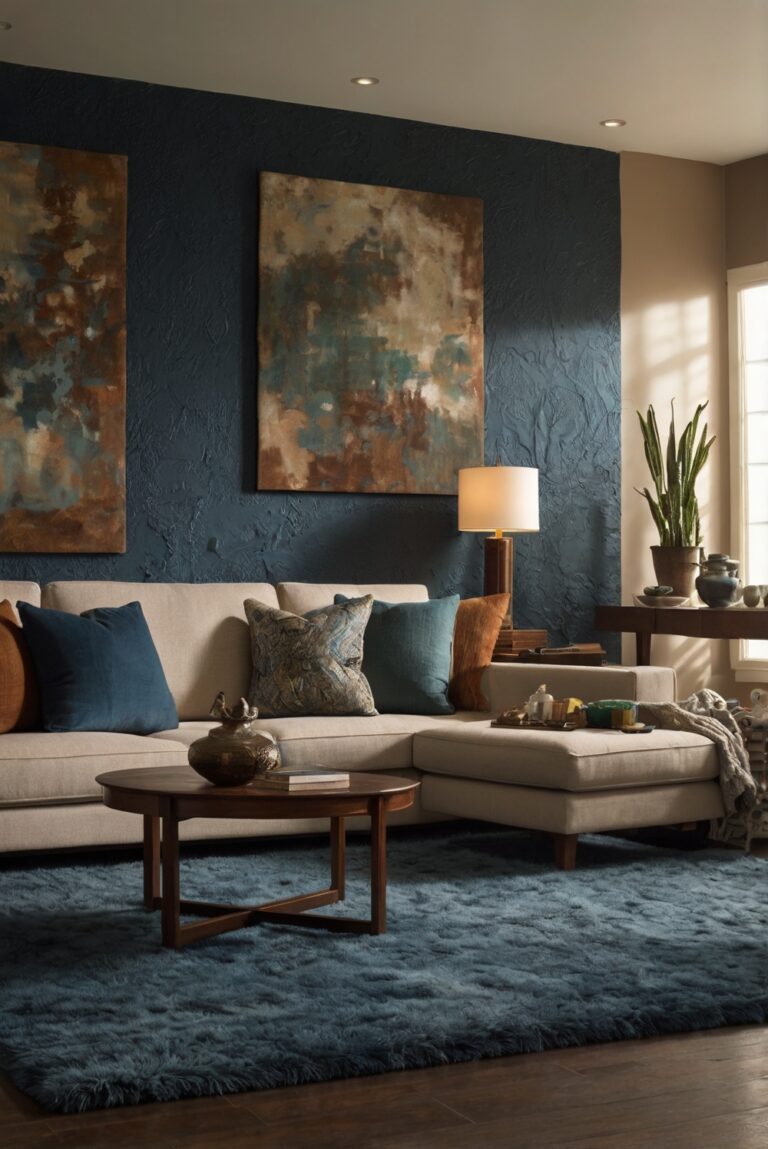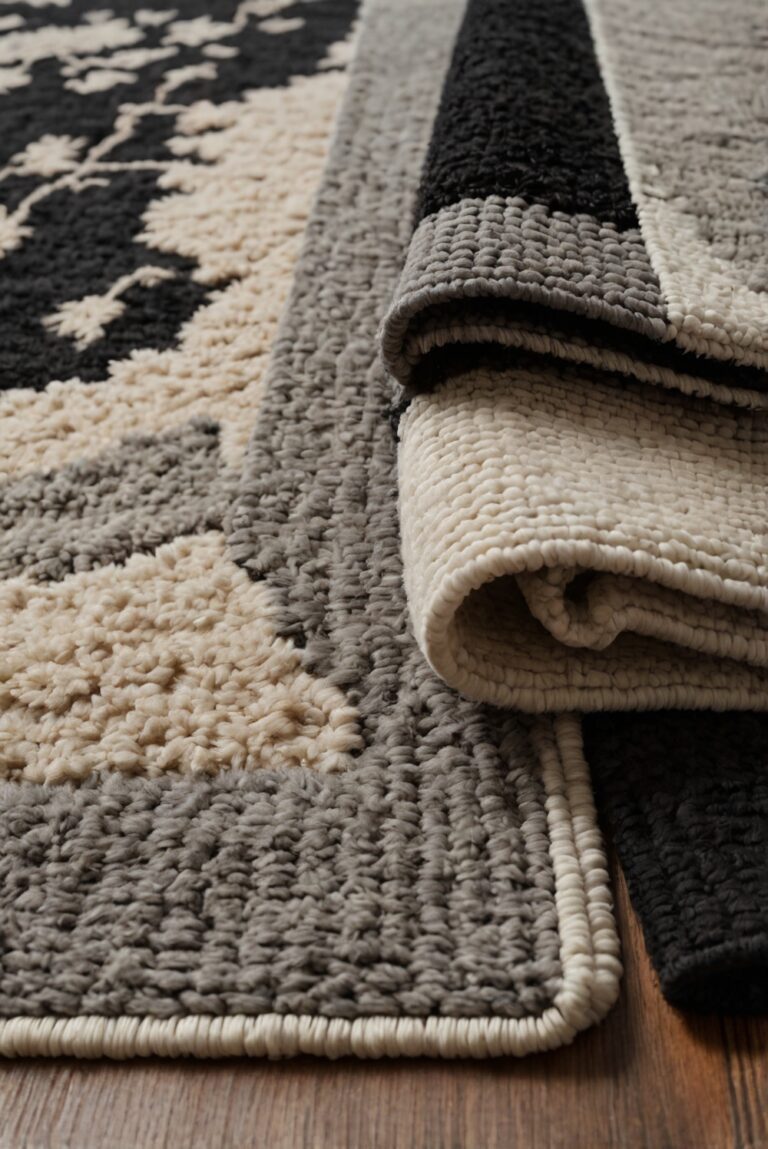Discover creative ways to incorporate a rug into your living room design! From choosing the perfect size to selecting the right style, transform your space with these expert tips.
How to Incorporate a Rug into a Living Room Design?
Incorporating a rug into your living room design is a great way to add warmth, comfort, and style to the space. Start by choosing a rug that complements the colors and decor of the room. Make sure the rug is the right size for the space – it should fit snugly under the furniture or be large enough to anchor the seating area. Consider the material of the rug – wool rugs are durable and soft, while jute rugs are great for adding texture. A rug can also define areas in an open plan living space, such as separating the living area from the dining area. Don’t be afraid to experiment with different rug shapes and patterns to create a visually interesting look.
Remember to regularly clean and maintain your rug to keep it looking its best. A well-chosen rug can tie the room together and elevate your home decor interior design.
1. Choose the Right Size
One of the most important aspects of incorporating a rug into a living room design is selecting the right size. The rug should be large enough to anchor the seating area and define the space. A rug that is too small can make the room feel disjointed and unbalanced. To determine the proper size, consider the dimensions of the room and the furniture layout. Ideally, all the key pieces of furniture should sit on the rug or at least have their front legs on it.
2. Select the Perfect Material
The material of the rug can greatly impact the look and feel of the room. Different materials offer varying levels of durability, comfort, and style. For a cozy and inviting space, consider a plush wool rug. If you have pets or young children, a durable synthetic material like polypropylene may be more practical. Natural fibers like jute or sisal can add a touch of texture and earthiness to the room. Choose a material that complements your lifestyle and the overall aesthetic you want to achieve.
3. Coordinate with Existing Decor
When incorporating a rug into a living room design, it is essential to coordinate the rug with the existing decor. Consider the color scheme, patterns, and style of the room when selecting a rug. If the room has bold or busy patterns, opt for a solid-colored rug to create balance. Conversely, if the room is mostly neutral, a patterned rug can add visual interest and personality. Make sure the rug complements the furniture, curtains, and accessories in the room to create a cohesive look.
4. Layer with Other Rugs
Layering rugs is a popular trend in interior design that can add depth and dimension to a living room. To incorporate multiple rugs into your design, start with a large rug as the base layer that anchors the seating area. Then, add a smaller rug on top to create contrast and visual interest. Mix and match different textures, patterns, and shapes to create a unique and personalized look. Layering rugs can also help define different zones within the living room, such as a reading nook or a conversation area.
5. Experiment with Rug Placement
Don’t be afraid to experiment with rug placement to find the perfect arrangement for your living room. While placing the rug in the center of the seating area is a common choice, you can also try placing it off-center for a more dynamic look. Consider angling the rug or using it to create pathways in the room. You can even hang a rug on the wall as a unique piece of artwork. Play around with different placements until you find one that enhances the overall design of the room.
1. How to Choose the Right Size Rug for Your Living Room?
To ensure your living room looks well put together, it’s essential to choose the right size rug. A general rule of thumb is to have all furniture legs on the rug or at least the front legs to create a cohesive look. Measure your seating area and choose a rug that is large enough to accommodate your furniture comfortably.
2. What are the Best Rug Materials for a Living Room?
When incorporating a rug into your living room design, consider the material. Wool rugs are durable and soft, making them a great choice for high-traffic areas. Natural fibers like jute and sisal add texture and warmth to the space. Synthetic materials like polyester or polypropylene are easy to clean and maintain.
3. How to Layer Rugs in a Living Room?
Layering rugs can add depth and visual interest to your living room design. Start with a large, neutral rug as a base and layer a smaller, patterned rug on top. Make sure the rugs complement each other in terms of color and style. This technique can define different areas within the room, such as a seating area or a reading nook.
4. What Rug Patterns and Colors Work Best in a Living Room?
When selecting a rug for your living room, consider the existing color scheme and furniture. Neutral rugs in shades of beige, gray, or cream are versatile and can easily blend with different decor styles. If you want to add a pop of color, choose a rug with a bold pattern or vibrant hues that complement the room’s overall aesthetic.
5. How to Maintain and Clean a Rug in a Living Room?
Regular maintenance is key to preserving the beauty and longevity of your rug. Vacuum your rug weekly to remove dirt and debris. For spills and stains, blot the area immediately with a clean cloth and mild detergent. Consider professional cleaning for deep cleaning and maintenance. Rotate your rug periodically to ensure even wear and prevent fading.







